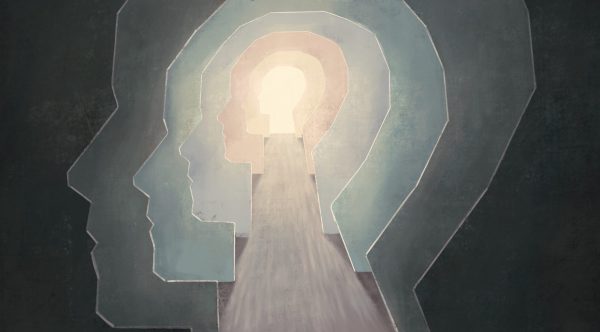
Perception is the process by which we perceive, interpret and make sense of the world around us, building on and through our senses and mental faculties; the liberal arts, focusing on the human experience, provides useful mental constructs such as art, history, philosophy, and literature, to construct meaning and understanding. The two, then, are closely intertwined.
The intersection of these two fields offers a rich terrain for exploration and analysis, as they both seek to understand the human condition and our place in the world. By studying perception in the context of the liberal arts, we can gain new insights into how we experience and interpret the world, and how we make sense of our place within it. Our experience of the world is predicated on how we perceive those experiences, and through the liberal arts we know that our experiences are dependent on a variety of factors.
This edition of the CLA magazine explores the relationship between perception and the liberal arts, featuring articles and interviews with scholars, artists, and thinkers across a wide range of disciplines.
You will find topics such as the prison agriculture system (and its perceived benefits and costs), a filmmaker who went blind and continued to pursue her artform, the curatorial choices at the art museum that influence a museum-goers perception of the artwork, how we perceive emotion through music, and using VR to train veterinarians and to practice speaking Spanish.

We believe that a deeper understanding of perception and the liberal arts is essential for anyone who seeks to understand the human experience and our place in the world. We are glad that you have chosen to investigate these topics with us.
Sincerely,

Benjamin C. Withers, Dean
Professor of Art History
College of Liberal Arts
